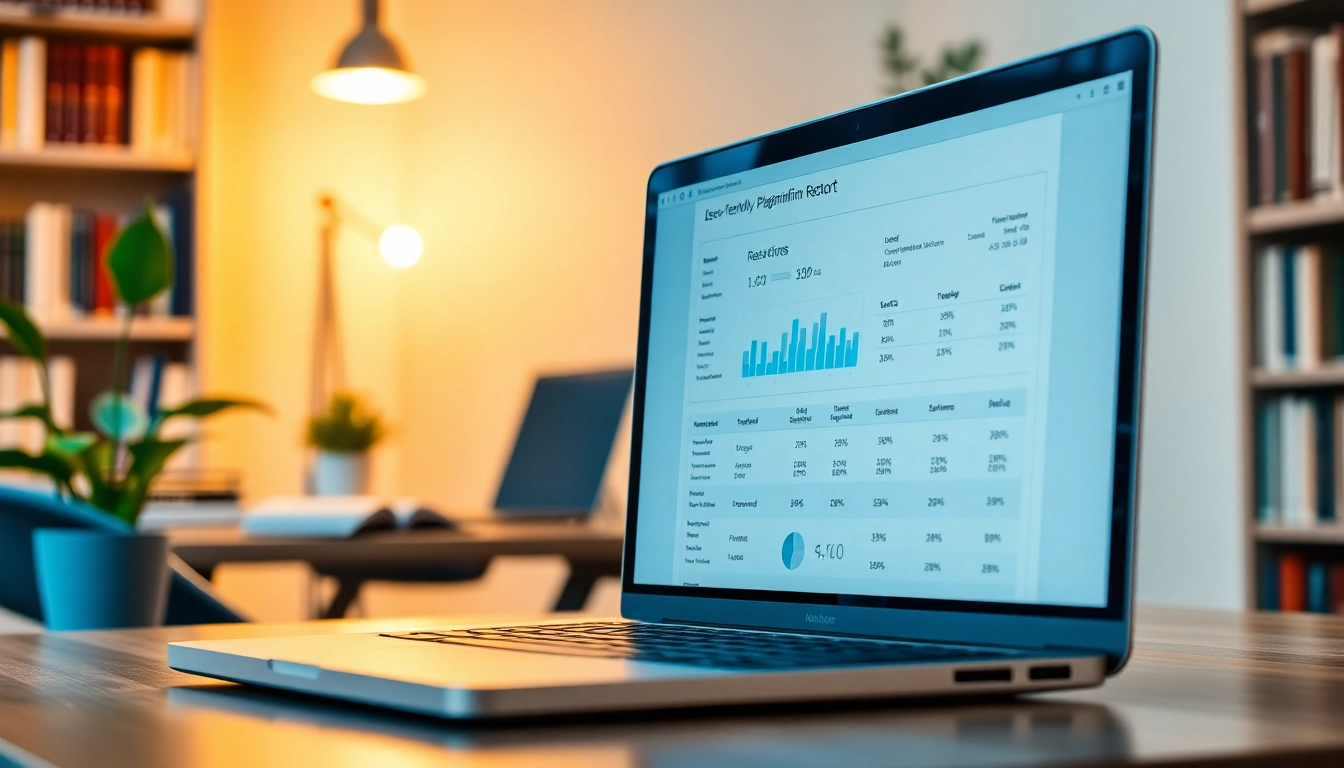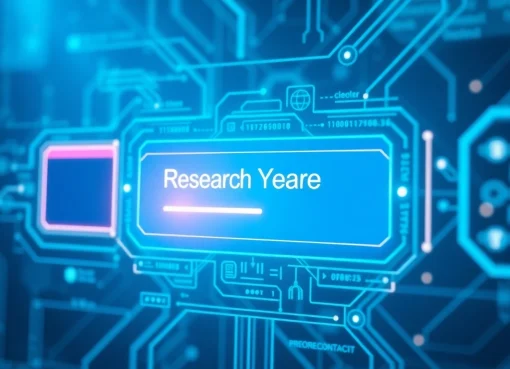Essential Features of an Effective Plagiarism Detector for Writers and Educators

Understanding Plagiarism: What It Is and Why It Matters
The Definition of Plagiarism
Plagiarism is the act of using someone else’s work, ideas, or intellectual property without proper attribution. This can take many forms, from directly copying text to paraphrasing someone’s ideas without acknowledgment. In academia and publishing, plagiarism is viewed as a serious ethical violation, and it can lead to severe consequences for those who engage in it. Even unintentional plagiarism can result in academic penalties, tarnishing a scholar’s reputation and affecting their career.
Common Types of Plagiarism
Understanding the various types of plagiarism is crucial for both students and professionals. Some of the common forms include:
- Direct Plagiarism: Copying text word-for-word without citation.
- Self-Plagiarism: Reusing one’s own previously published work without acknowledgment.
- Paraphrasing Plagiarism: Rewriting someone else’s ideas in your own words without credit.
- Accidental Plagiarism: Failing to cite sources correctly or misquoting them unintentionally.
Consequences of Plagiarism in Academia
The repercussions of plagiarism can be harsh, particularly in academic settings. Consequences may include failing the assignment, failing the course, or even expulsion from the educational institution. Beyond academic penalties, plagiarism can lead to legal consequences, damage to one’s professional reputation, and loss of trust among peers and mentors. These consequences underscore the importance of understanding and employing plagiarism detection tools, such as a plagiarism detector, to ensure originality in written work.
How a Plagiarism Detector Works: Behind the Technology
Text Comparison Algorithms Explained
Plagiarism detectors operate by employing sophisticated algorithms that compare submitted texts against vast databases of published content. These algorithms look for similarities in phrasing, structure, and meanings, which can indicate potential plagiarism. Techniques such as semantic analysis and machine learning are utilized to refine the detection process, offering more nuanced comparisons rather than simple keyword matches.
Database and Source Utilization
A plagiarism detector’s effectiveness largely depends on the breadth and depth of its database. Comprehensive tools access millions of sources, including academic journals, websites, and previously submitted papers. By analyzing vast amounts of data, these detectors can provide accurate results that reflect potential instances of plagiarism.
Real-Time Reporting Features
Modern plagiarism detection tools often offer real-time reporting features that provide immediate feedback. This allows users to identify and rectify potential issues promptly. A robust plagiarism detector will not only highlight areas of concern but also provide suggestions for rewriting and paraphrasing, creating a valuable learning tool for users.
Features to Look for in a Plagiarism Detector
Accuracy and Speed of Detection
When evaluating a plagiarism detection tool, the accuracy of its results is paramount. An effective tool should quickly and precisely identify plagiarized content. Tools that incorporate advanced algorithms and machine learning models often demonstrate superior accuracy. Speed is also essential; users should receive results in a timely manner to adapt their work as needed.
User Experience: Interface and Usability
The user interface of a plagiarism detector significantly affects its usability. A well-designed tool will be easy to navigate, offering clear instructions and intuitive features. The ability to upload various document formats easily and access user-friendly reports can enhance the overall experience, especially for those who may not be tech-savvy.
Pricing Models and Accessibility
Accessibility is vital for students and educators, so understanding the pricing models of plagiarism detectors is crucial. Many offer free services with limited functionalities, while others provide premium features at a cost. It’s advisable to explore different options and select a service that fits budgetary constraints while still meeting the necessary requirements for effective plagiarism detection.
Comparing Top Plagiarism Detectors: An Overview
Grammarly vs. DupliChecker
Grammarly is renowned for its comprehensive writing assistance, including a powerful plagiarism checking feature. It not only checks for duplicated content but also provides suggestions on grammar and style. On the other hand, DupliChecker is a user-friendly, no-cost tool ideal for those who need quick and straightforward plagiarism checks, although it may lack the depth of Grammarly’s offerings in writing enhancement.
Copyleaks: Features and Limitations
Copyleaks is a robust plagiarism detection tool designed for both educators and professionals, particularly effective in identifying source code and AI-generated text. However, while powerful, its pricing model may not be as accessible for individual users compared to some free alternatives, limiting broader use.
Free vs. Paid Solutions: Which Is Better?
The choice between free and paid plagiarism detection solutions often hinges on the user’s needs. Free tools provide essential checking capabilities suitable for casual use and academic assignments. In contrast, paid solutions typically offer more extensive databases, advanced algorithms, and detailed reporting functions. For serious academic and professional work, investing in a robust paid service is often worthwhile.
Best Practices for Using a Plagiarism Detector
How to Analyze Reports Effectively
Upon receiving a plagiarism report, it is crucial to analyze the findings thoughtfully. Pay attention to the highlighted sections of the text and assess the context in which they appear. Utilize the suggestions provided to create original content or properly attribute sources as needed. Engaging with reports in this manner not only rectifies potential issues but also enhances a writer’s understanding of originality.
Improving Your Writing to Avoid Plagiarism
Beyond using a plagiarism detector, writers can adopt practices that inherently reduce the risk of plagiarism. These include taking diligent notes, properly citing sources from the outset, and developing a unique voice and perspective through paraphrasing and summarizing ideas in one’s own words. Continuous education on citation formats and ethical writing can significantly benefit writers in the long run.
Educational Institutions and Plagiarism Detection
Educational institutions increasingly rely on plagiarism detection software as an integral part of their academic integrity policies. By implementing these tools, schools not only deter students from engaging in dishonest practices but also provide resources for teaching proper citation techniques and enhancing writing skills. Collaboration between faculty and students in understanding and upholding academic integrity fosters a more honest and effective learning environment.



Leave a Comment